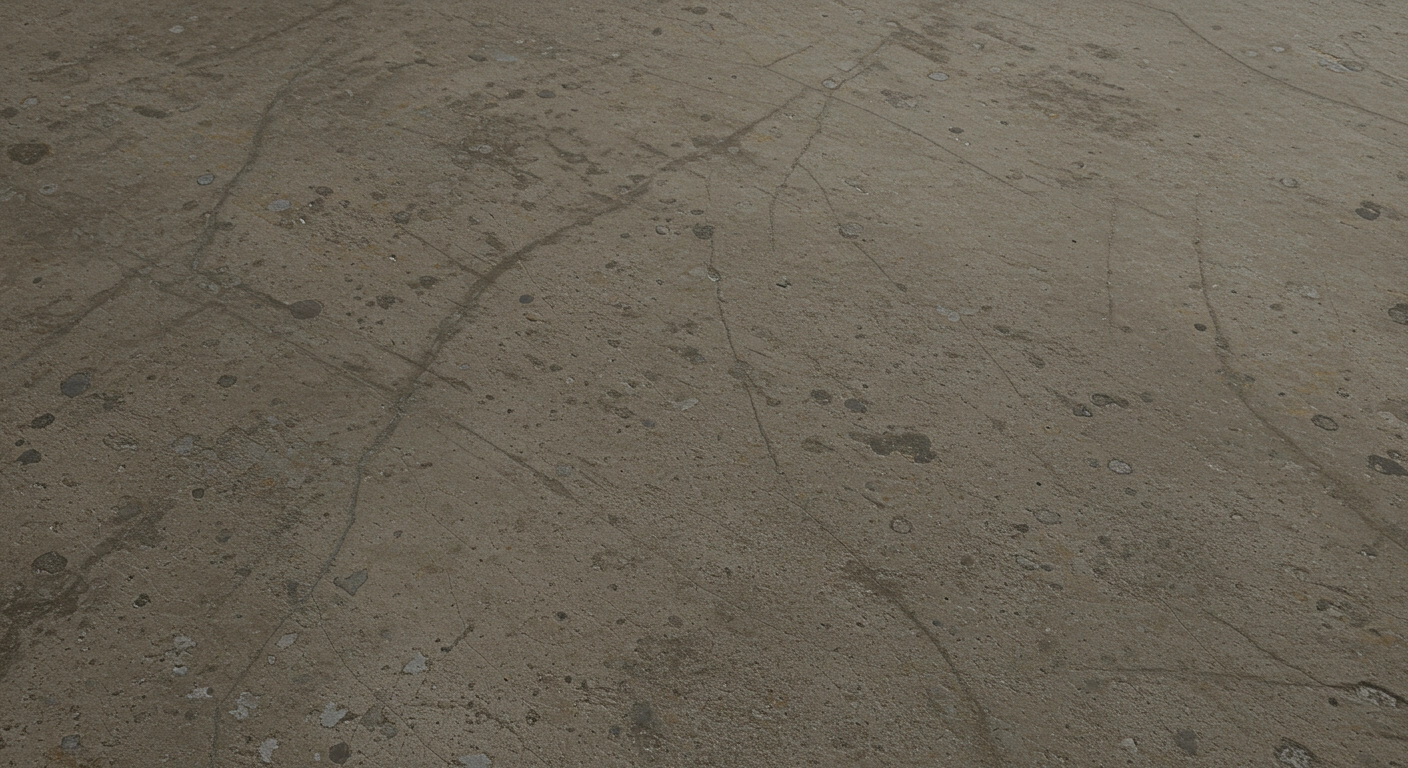Professional Cement Floors Cleaning Guide
Best Practices with Aiolith Commercial Floor Scrubbers

Understanding Cement Floor Characteristics
Cement floors are porous and alkaline, which makes them susceptible to absorbing oils, chemicals, and water-based stains. The surface can also accumulate fine dust known as cement laitance over time. Because of these properties, cement floors require controlled moisture levels and appropriate cleaning solutions to avoid degradation.
-
Key characteristics:
- Highly absorbent if unsealed
- Sensitive to acidic detergents
- Can deteriorate if exposed to excess water
- May become slippery with oil or grease buildup
The Aiolith floor scrubber features adjustable water flow, brush pressure, and detergent dosing to match cement surface conditions and cleaning needs.
Choosing the Right Cleaning Agents
Cement reacts chemically to certain detergents. Using the wrong type can cause surface weakening or discoloration. Therefore, it’s essential to select pH-balanced or mildly alkaline detergents that are safe for concrete and effective on industrial soils.
Recommended Cleaning Solutions
- Neutral or Mild Alkaline Detergent (pH 7–9): For daily cleaning and general maintenance.
- Degreasing Detergent (pH 9–10): For oily or greasy areas such as workshops or garages.
- Concrete-Safe Detergent with Dust Control Additives: To reduce fine dust and maintain air quality.
- Avoid Acidic Cleaners (pH <6): They can corrode the cement surface and cause etching.
Pro Tip: Always use low-foam, non-corrosive detergents approved for use with Aiolith scrubbers, ensuring consistent cleaning performance without damaging the internal system.
How to Use Aiolith Floor Scrubbers
When using an Aiolith commercial floor scrubber on cement, preparation and settings are crucial for optimal results and machine longevity.
Step-by-Step Procedure
- Pre-sweep or vacuum the floor to remove large debris, sand, or metal shavings that can damage the brushes.
- Fill the detergent tank with the recommended cleaning solution diluted per manufacturer guidelines.
- Adjust brush pressure: Light pressure for smooth, sealed concrete. Moderate to high pressure for textured or unsealed surfaces.
- Select proper brush type: Nylon or polypropylene brushes for routine cleaning. Stiffer bristle brushes for heavy-duty scrubbing and oil removal.
- Operate the scrubber in overlapping passes to ensure even cleaning coverage.
- Vacuum and dry the floor immediately using the scrubber’s integrated squeegee system to prevent moisture penetration.
- For large or high-traffic areas, repeat cleaning twice per day to maintain surface quality.
Precautions When Cleaning Cement
Because of cement’s physical and chemical properties, following best practices during cleaning is critical to avoid damage and ensure safety.
Key Safety and Operational Tips
- Avoid acidic or high-solvent detergents: These may break down cement compounds or dull sealed surfaces.
- Do not over-wet the floor: Excess water can penetrate the pores and cause cracks during drying.
- Check drainage and slope: Ensure water and detergents are properly collected by the vacuum system.
- Inspect brush wear: Worn brushes can cause uneven cleaning or streaks. Replace them regularly.
- Test detergent compatibility: Before applying new solutions, test on a small area to prevent discoloration.
- Use signage: Always mark wet areas to prevent slip accidents in public or industrial environments.
Maintenance Best Practices
Effective strategies for cement floor care to ensure longevity and safety.
Daily Maintenance
- Dry mop or sweep to remove loose debris
- Spot treat fresh spills immediately
- Use walk-off mats at entrances to reduce dirt transfer
Weekly Deep Cleaning
- Scrub with heavy-duty brush system and degreasing detergent
- Focus on high-traffic areas and known problem spots
- Rinse thoroughly and allow to dry completely
Periodic Deep Cleaning
- Monthly intensive cleaning with stronger detergent solutions
- Annual deep cleaning to remove embedded contaminants
- Consider professional restoration for heavily damaged areas
Preventive Measures
- Apply concrete sealers to protect against stains
- Use appropriate floor mats in areas prone to spills
- Train staff on proper spill response procedures